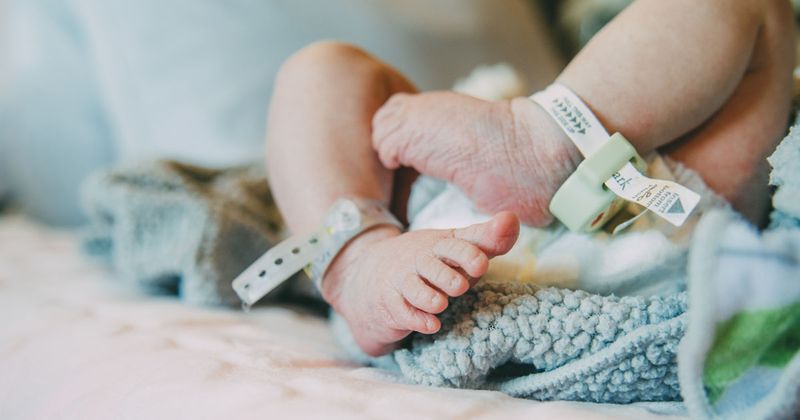Thermal care interventions reduce neonates’ risk for hypothermia
Thermal care interventions in the delivery room are associated with better core body temperatures and decreased risk for hypothermia among preterm neonates, according to the results of a systematic review and network meta-analysis.
Successful interventions included use of plastic bag or wrap with a plastic cap or with heated or humidified gas, researchers reported in JAMA Pediatrics.

For the study, Thangaraj Abiramalatha, MD, PhD, an assistant professor of neonatology at the Sri Ramachandra Medical Centre in Chennai, India, and colleagues assessed data from published studies through Nov. 5, 2020, to identify delivery room thermal care interventions that can best reduce neonatal hyperthermia for preterm neonates born at 36 weeks’ gestation or less.
Primary outcomes were neonates’ core body temperatures and incidence of moderate to severe hypothermia at admission or within the first 2 hours of life using the following nine thermal care interventions:
- plastic bag or wrap covering the torso and limbs with the head uncovered or covered with a cloth cap;
- plastic cap covering the head;
- skin-to-skin contact;
- thermal mattress;
- plastic bag or wrap covering the torso and limbs with the head covered with a plastic cap;
- plastic bag or wrap covering the torso and limbs with use of a thermal mattress;
- plastic bag or wrap covering the torso and limbs with heated humidified gas for resuscitation or for initiating invasive or noninvasive respiratory support in the delivery room;
- plastic bag or wrap covering the torso and limbs with the use of an incubator; and
- routine care, including drying and covering the body with warm blankets, and a cloth cap.
The researchers screened 6,154 publications and included 34 studies that enrolled 3,688 neonates. In all, 32 studies (94%) reported the primary outcome of core body temperature at admission or within the first 2 hours of life. These studies included a total of 3,568 neonates.
Compared with routine care alone, plastic bag or wrap with a thermal mattress (mean difference [MD], 0.98°C; 95% credible interval [CrI], 0.60-1.36°C), plastic cap (MD, 0.83°C; 95% CrI, 0.28-1.38°C), plastic bag or wrap with heated humidified gas (MD, 0.76°C; 95% CrI, 0.38-1.15°C), plastic bag or wrap with plastic cap (MD, 0.62°C; 95% CrI 0.37-0.88°C), thermal mattress (MD, 0.62°C; 95% CrI, 0.33-0.93°C), and plastic bag or wrap alone (MD, 0.56°C; 95% CrI, 0.44-0.69°C) were associated with greater body core temperature, the researchers reported.
They evaluated core body temperatures at ages 24 weeks, 30 weeks and 34 weeks. According to the authors, although all interventions were associated with greater core body temperatures for neonates at 24 weeks, some interventions (plastic cap, incubator transport, plastic bag or wrap with heated humidified gas) had imprecise estimates for neonates at 30 and 34 weeks’ gestation.
“The frequentist analysis showed that most thermal care interventions were successful in reducing the risk of moderate to severe hypothermia,” the authors wrote.
